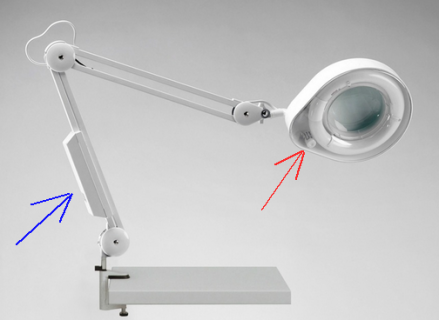Hello Paul
I constructed an electronic board that contains a transformator at a distance of approx 8 cm beside a Teensy 3.2.
When I plug in the transformator into the power line I notice that the Teensy is very sensible.
Not each time, but at least each second time the Teensy reacts in a strange way:
If I have the Teensy connected via USB to a computer, the USB connection is disrupted.
This means that on the PC the COM port disappears.
After unplugging the USB cable and plugging it in anew, all works fine again.
The interesting thing is that ONLY USB is affected.
The sketch in the Teensy keeps running without errors.
All variables are fine, there is no interruption in the sketch code.
It is only USB that is disrupted.
Do you have any explanation for that ?
P.D.
It is not even necessary that the secondary site of the transformator is conencted to anything.
Just the existence of the transformator near the Teensy is already enough.
I constructed an electronic board that contains a transformator at a distance of approx 8 cm beside a Teensy 3.2.
When I plug in the transformator into the power line I notice that the Teensy is very sensible.
Not each time, but at least each second time the Teensy reacts in a strange way:
If I have the Teensy connected via USB to a computer, the USB connection is disrupted.
This means that on the PC the COM port disappears.
After unplugging the USB cable and plugging it in anew, all works fine again.
The interesting thing is that ONLY USB is affected.
The sketch in the Teensy keeps running without errors.
All variables are fine, there is no interruption in the sketch code.
It is only USB that is disrupted.
Do you have any explanation for that ?
P.D.
It is not even necessary that the secondary site of the transformator is conencted to anything.
Just the existence of the transformator near the Teensy is already enough.
Last edited:


